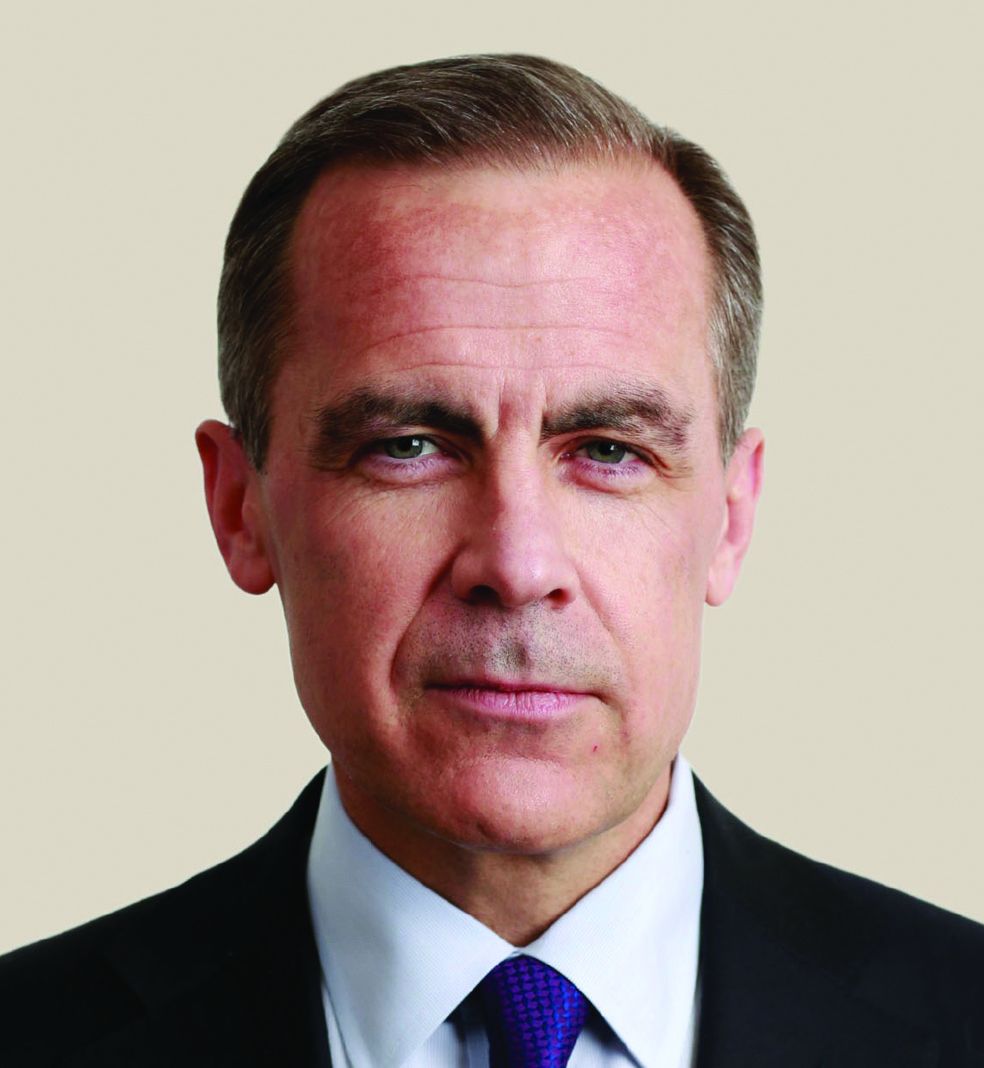Mark Carney is always immaculately turned out, typically in a dark suit with white shirt and tie, which is what one would expect of a former governor of the Bank of England
After spells at Goldman Sachs followed by the Central Bank of Canada, where he helped Canada weather the storms of the Global Financial Crisis, he has established himself, well and truly, as a qualified member of the financial establishment.
On the surface then he is an unlikely candidate for ‘Eco-warrior of the Year’. If there was such an award, then surely it should go to more obvious contenders, including Roger Hallam and Gail Bradbrook, the co-founders of Extinction Rebellion, or Time Magazine’s Person of the Year, the Swedish student eco-activist Greta Thunberg. However, there is a case to be made that Carney, working behind the scenes, has had a bigger impact in the battle to tackle the climate crisis and therefore it should be his name on the trophy.
It has long been understood amongst the experts in the scientific community that, in order to avert a climate crisis, the world has to transition to a low carbon economy and quickly. After the Paris Agreement in 2015, the Finance Ministers of the G20, recognising that climate change was a threat to the financial system, turned to Carney, then Chairman of the Financial Stability Board, to take action.
He had spoken previously of the dangers that climate change posed and outlined them clearly in his Tragedy of the Horizon speech to Lloyds of London in September 2015, stating that atmospheric concentrations of greenhouse gases were at levels not seen in 800,000 years. His words “the more we invest with foresight, the less we will regret in hindsight” are similar to these uttered by Bill Gates, also in 2015, regarding the risk of a global pandemic.
In 2016, Carney established the TCFD (Task Force for Climate-related Financial Disclosure). In order to create a smooth transition to a low carbon economy and to break the tragedy of the horizon three things were required:-
- Transparency with regard to the climate risks faced by companies;
- Risk management which included a focus on climate risk;
- Coherent and credible public policy frameworks.
In 2017, the TCFD published their recommendations: a reporting framework for companies designed to achieve the first two objectives above by recognising the relevant, financially material risks and acting thereon. The core elements of the climate-related financial disclosures are:
- Governance: the organization’s governance around climate-related risks and opportunities.
- Strategy: the actual and potential impacts of climate-related risks and opportunities on the organization’s businesses, strategy, and financial planning.
- Risk Management: the processes used by the organization to identify, assess, and manage climate-related risks.
- Metrics and Targets: the metrics and targets used to assess and manage relevant climate-related risks and opportunities.
Key features of the recommendations are that they are adoptable by all organisations, should be included in mainstream financial filings, are designed to solicit decision-useful, forward-looking information on financial impacts, and have a strong focus on risks and opportunities related to the transition to a lower-carbon economy.
Establishing a reporting framework is one thing – there are many around – but the real challenge is to achieve widespread acceptance. Since the initial recommendations were made, the TCFD has won recognition from the majority of the world’s largest central banks, asset managers, (recently including Blackrock), pension funds, insurers, credit rating agencies as well as the big four accounting firms. In doing so, the TCFD is fast becoming a global standard.
After developing a framework for corporates to consider climate risk as part of their normal everyday business, Carney has now taken on the role as the UN Special Envoy for climate action and climate finance as well as the UK government climate advisor. In doing so, he is taking on the third requirement listed above for the world to undergo a smooth transition to a low carbon economy– that of developing a coherent and credible public policy framework. Helping to find common ground amongst the developed and developing countries will test Carney’s diplomatic skills to the limit. His ultimate challenge will be to tackle US President Donald Trump and persuade him that climate change is not a hoax.
Their tactics might be different but there is no doubt that Mark Carney stands alongside Greta Thunberg as an eco-warrior.








